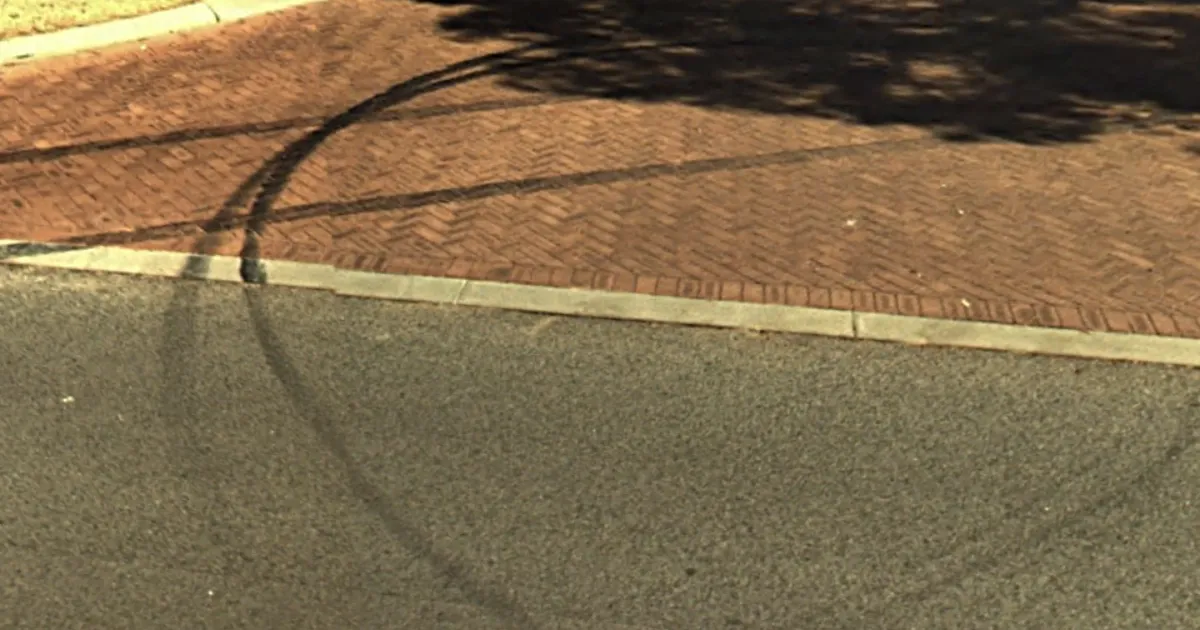
Burnouts Are More Than Just a Nuisance
Burnouts might seem like a signature pastime for some Aussies, but in Dawesville, their growing frequency is becoming a serious issue—with repercussions that go beyond noise complaints or a disrupted night.
Burnouts on the streets of Dawesville have long been a divisive issue in the community, but recent studies highlight a troubling side effect of this common occurrence—serious environmental and health risks. A deeper look into the implications reveals that burnouts, like those seen across suburban Dawesville streets, release harmful tyre particles into our local environment. What once might have been seen as harmless fun is now raising concerns among residents, environmentalists, and health experts alike.
Nanoplastics and Their Impact
Research shows that particles from vehicle tyre wear are one of the biggest sources of nanoplastic pollution. These particles, which are released during activities like burnouts, can be carried far and wide by wind, contaminating even the most pristine locations. A groundbreaking study in the high Alps revealed that tyre particles made up 41% of the nanoplastics found in glacier snow samples.
Dawesville, with its coastal winds and growing population, could face similar risks as these particles spread through the air and water. Nanoplastics are so small they can penetrate cell membranes, remaining lodged in the human body, raising significant health concerns. Experts warn that exposure to this kind of pollution might lead to severe health issues, as nanoplastics have been linked to cellular damage and other complications.
What Burnouts Mean for Dawesville's Environment
Burnouts, which involve cars skidding and spinning tyres furiously, release a significant concentration of tyre particles into the air. These particles settle into the soil and waterways, creating microscopic pollutants that can affect local ecosystems. For coastal towns like Dawesville, where outdoor activities and natural beauty are highly cherished, higher levels of pollution could negatively affect the biodiversity of our rivers and marine environments.
Additionally, the proximity of burnouts to wildlife habitation areas—whether through noise or micro debris pollution—can disrupt animal behaviours and habitats. The growing realisation of these effects has prompted calls from local conservationists for stricter vehicle-use policies.
Burnouts as a Public Health Concern
Beyond environmental implications, burnouts present a grave public health challenge. Local residents have already expressed concerns about the intense tyre smoke created by these incidents, which can exacerbate respiratory issues in the community. What many don’t realise is that they’re not only breathing in smoke but also microscopic tyre fragments—particles that researchers confirm can enter the bloodstream and accumulate in vital organs like the lungs and liver.
Scientists have highlighted that tyre particles contribute to the proliferation of microplastics and nanoplastics in our food, water, and even the very air we breathe. Studies around the globe, including regions far removed from industrial zones, have found these plastics in human blood, organs, and breast milk. Although the long-term health outcomes are uncertain, there’s sufficient evidence to suggest that these exposures are harmful.
What Can Dawesville Do?
Addressing this issue requires Dawesville’s collective effort. As community members, understanding the long-term effects of burnouts is key to finding sustainable solutions. Here’s what the community can consider:
- Advocacy for Awareness: Hosting local educational events that highlight the environmental and health dangers of tyre particles can spark a shift in perception around burnouts.
- Stricter Regulations: Encouraging tighter enforcement of laws against reckless driving practices, including burnouts, could help significantly reduce this behaviour.
- Community-Led Initiatives: Dawesville could explore activities and events for local car enthusiasts to enjoy their hobbies in safer, controlled environments where pollution could be managed.
- Participating in Cleanup Efforts: Local residents could lead efforts to clean contaminated areas and organise campaigns to reduce roadside litter, thus fostering more accountability around pollution caused by vehicles.
Looking Ahead
Burnouts, while a cultural phenomenon in some communities, are increasingly being viewed through a more critical lens. Dawesville, known for its close-knit community and scenic beauty, now faces a real opportunity to lead by example by addressing this issue head-on.
It's time for Dawesville’s residents to rally together to create meaningful change that benefits all—from the wildlife and landscapes we treasure to the health and well-being of our neighbours.
05 Feb 2025





